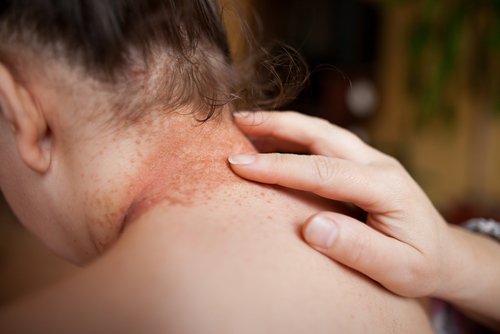XTRAC targeted-light therapy safely treats skin lesions in psoriasis patients without the serious side effects linked to Humira and other conventional psoriasis drugs, says XTRAC’s manufacturer, Strata Skin Sciences of Horsham, Pa.
The therapy, which is approved by the U.S. Drug and Food Administration (FDA), uses a monochromatic wavelength (308nm) of ultraviolet light, providing true remission for patients with psoriasis. In clinical studies, it has demonstrated excellent efficacy, with patients achieving skin clearance rates above 95 percent in just over 10 treatments, Strata said in a news release.
Evidence from a study also demonstrated the effectiveness of this light therapy in clearing skin lesions in thick, scaled plaques on the knees and elbows faster than conventional phototherapy. These are considered difficult-to-treat areas and resistant to standard therapies.
Patients with mild, moderate or severe disease plaque psoriasis are all suitable candidates for XTRAC. Unlike drugs commonly used to treat psoriasis, the new light therapy has virtually no side effects.
In fact, drugs used to treat psoriasis and other autoimmune disorders cause more side effects than any others reported to the FDA, according to a USA Today Network Exclusive analysis. Since 2013, Humira — one of the most widely used medications for psoriasis and other autoimmune diseases — has been linked to more than 200,000 reports of adverse events, including 4,200 deaths, the analysis says. Other drugs cited as being top contributors in terms of number of side effect reports are those used to treat multiple sclerosis, diabetes and certain cancers.
Doctors generally treat psoriasis in steps based on the severity of the disease, size of the areas involved, type of psoriasis, where the psoriasis is located, and the patient’s response to initial treatments.
Strata has tested its XTRAC Therapy on more than 100,000 patients, demonstrating the treatment safety and efficacy. The company says some patients may experience a reaction similar to sunburn or some blistering at the area treated, and that in some cases an increase in skin pigmentation may occur.


